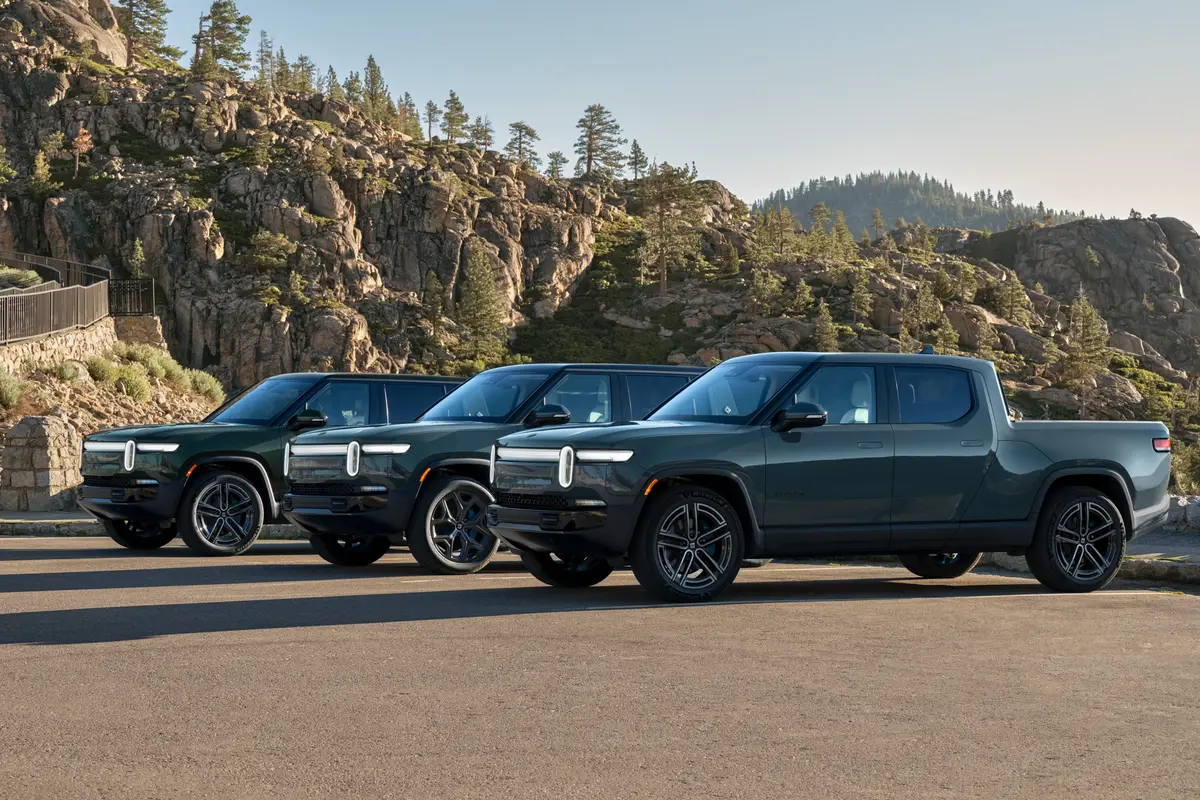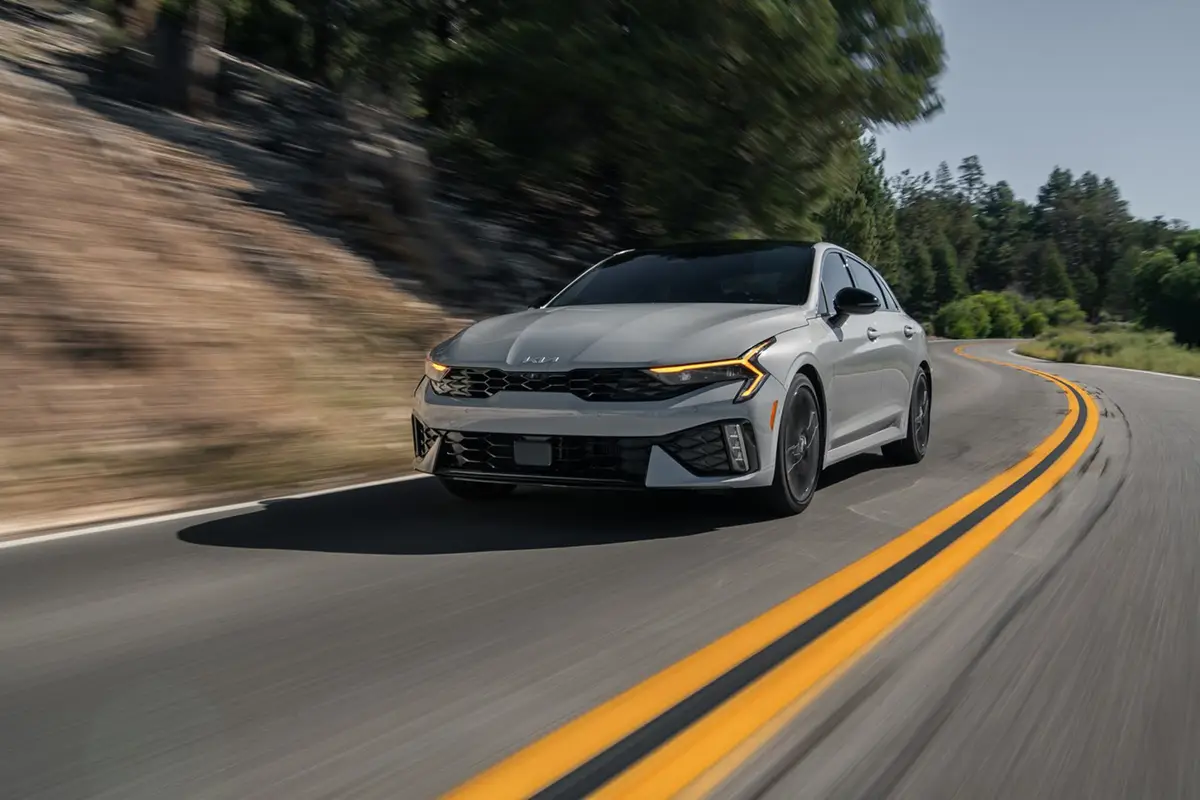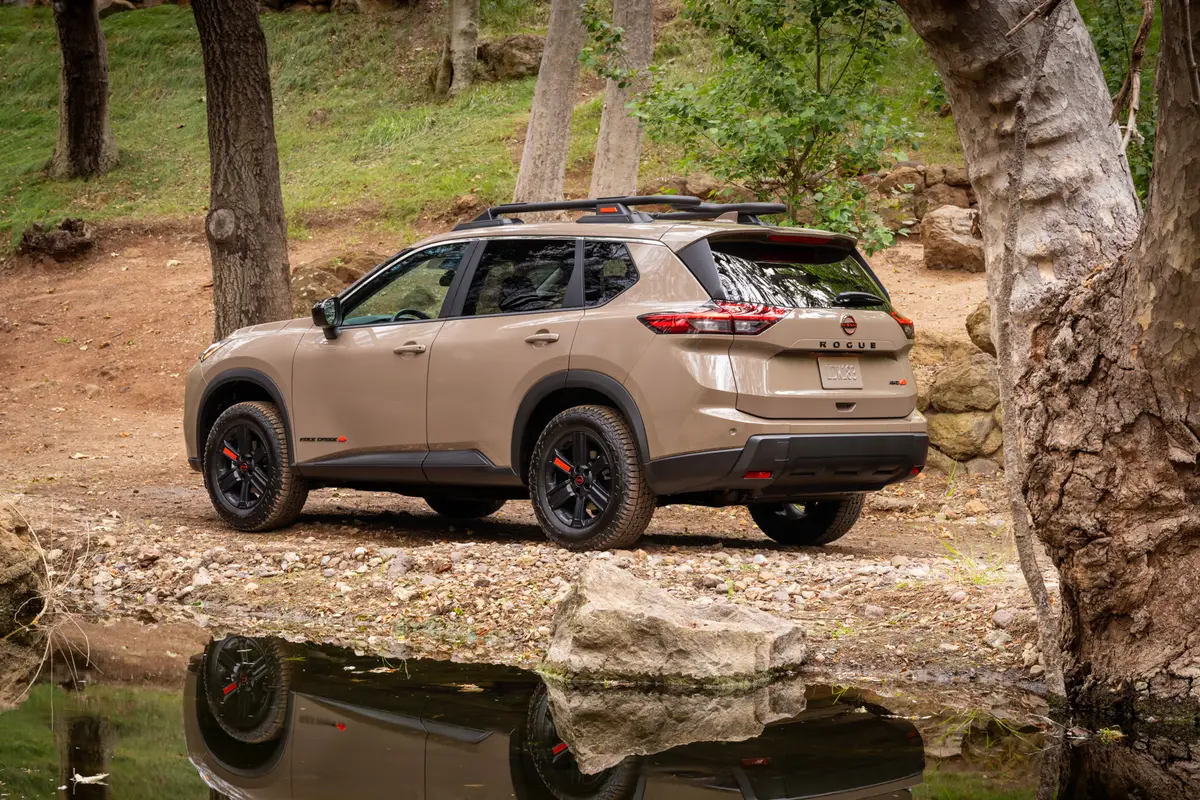TheMercuryNews.com's view
The advent of the minivan led to the demise of the station wagon. And, now, the advent of the sport-utility has led to a return of the station wagon.
In the first case, people wanted more room for other people and their stuff. In the second, people are now wanting something a bit smaller and less stigmatized than a large SUV.
The market is now cluttered with luxury wagons, from makers like Mercedes-Benz, BMW, Volvo, Saab and Audi. There’s a big batch of quasi-wagons (or semi-sport-utes), too, from companies like Lexus, Acura and Buick.
And while there remains an absence of mid-size and full-size station wagons that were so popular when I was growing up in the ’60s, we’re starting to see a nice collection of small wagons.
The latest on the scene is the 2001 VW Jetta wagon. Based on the Jetta sedan, the best-selling European import in America, it’s a fine combination of fashion and function. That means it looks pretty good and holds a lot of stuff, too.
Too bad, especially in the top-of-the-line GLX V-6 version that was our test car for a week, that it costs more than it should.
Heck, at just under $26,000, you could buy our Jetta GLX wagon or spend less and get a much larger wagon such as the Ford Taurus, Mercury Sable, Subaru Legacy, Saturn L-Series or, get this, VW’s own Passat wagon.
Luckily, VW also offers cheaper versions of the Jetta wagon. The GLS with the 2.0-liter four-cylinder engine starts at $19,150, and it’s equipped fairly nicely at that price. The GLS V-6 begins at $21,450. Replace the standard five-speed manuals in these cars with an automatic transmission and price grows about $900.
(Coming later this year as a 2002 model is an even-cheaper Jetta GL wagon — that’s more good news.)
Our GLX tester was fully stocked with more niceties than needed. That includes automatic air conditioning, redundant audio controls on the steering wheel, rain-sensing wipers, leather seats, wood trim and a fancy stereo system. All of them contributed to an enhanced driving experience, but also revealed VW’s penchant for offering cars with cheap base prices that quickly get more expensive as the goodies are added on.
To me, this is a good hauler for a small family or single driver who want to combine on-road fun with lots of room for stuff — but don’t want to spend $26,000 for the privilege.
The fun comes from the 174-horsepower, 2.8-liter VR6 engine that is so successful in so many modern VWs, from the smile-producing New Beetle to the no-longer-lumbering Eurovan. (A 115-horsepower, 2.0-liter four is the base engine in the GLS.)
Here, in a relatively lightweight package, the VR6 really adds zip to the driving experience. VW says it produces a 0 to 60 mph time of 8.1 seconds. That’s pretty good for a car that can carry five adults and 34 cubic feet of their gear (or two adults and a whopping 70.6 cubic feet of gear).
On the inside, the n ew Jetta wagon is contemporary and inviting, especially when its instruments are illuminated in cool blue at night. Seats were comfortable and passenger room was adequate. On the outside, the car is purposeful rather than trendy. Ours was painted lagoon blue, a bright shade that has become a VW signature.
For shoppers in search of a compact wagon, the Jetta joins a growing list of offerings that includes the Saturn S-Series (with a starting price of $14,290), the Daewoo Nubira ($15,199), the Mazda Protege 5 ($16,335), the Subaru Impreza ($16,395) and the Ford Focus ($16,525). And pretty soon you’ll be able to add small sport wagons from Toyota, Pontiac and others to that list.
Even with its pre-destination-charge base price of $18,600, the Jetta wagon presents itself as a pricier alternative to the like-size competition. Still, that’s a step-up many buyers will be willing to make for a car with a European name and a European driving sensibility.
Latest news



